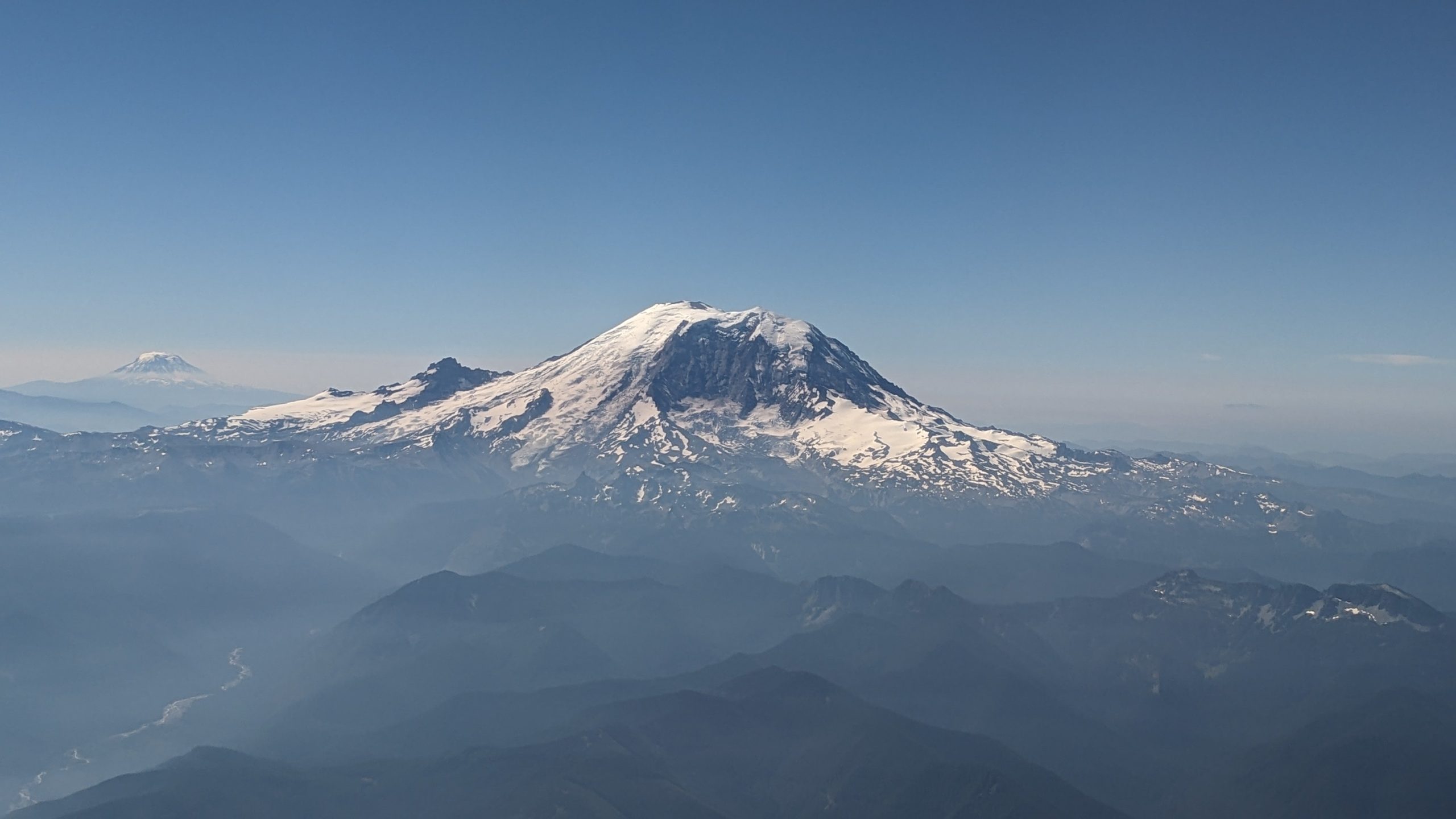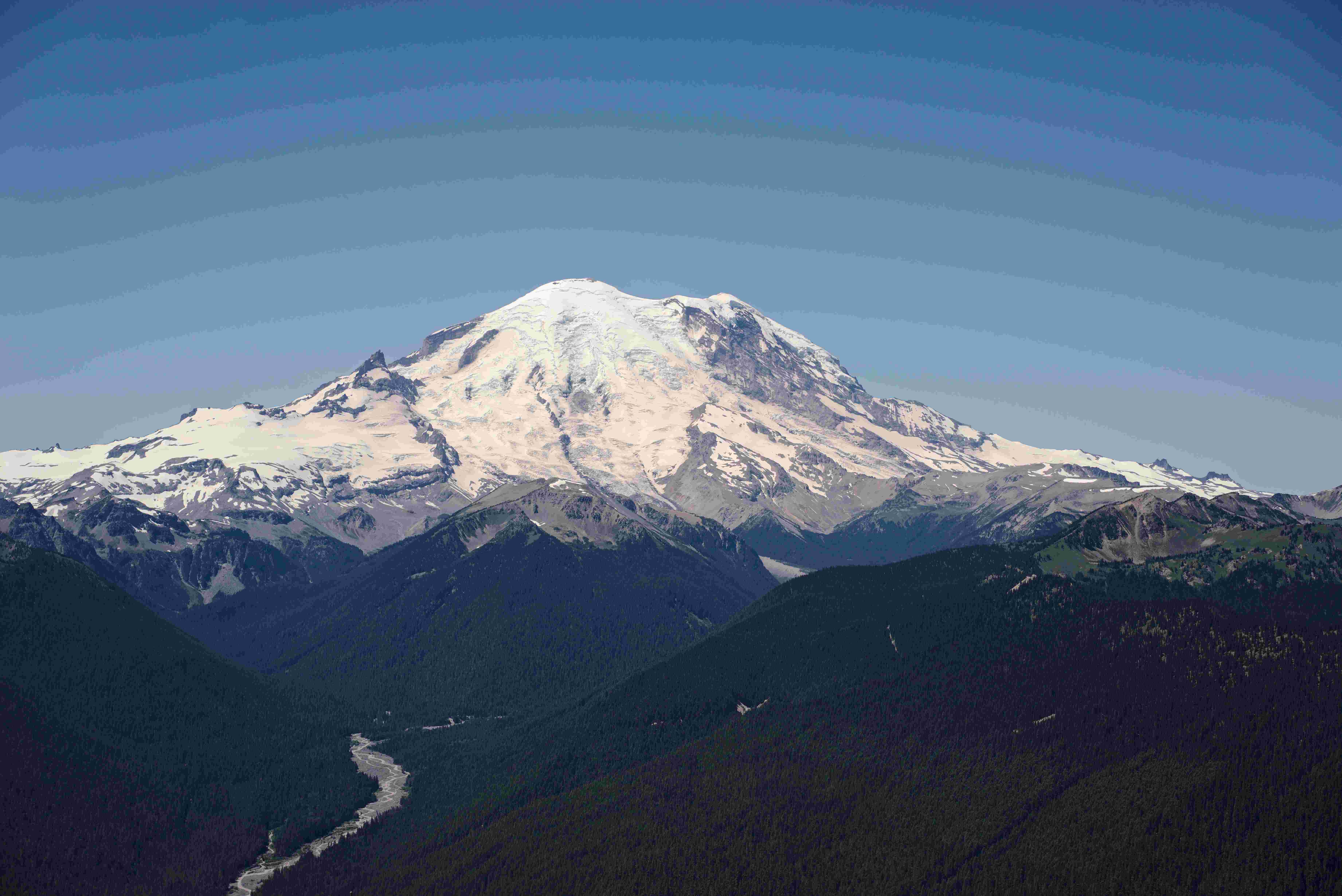Mount Rainier National Park offers diverse camping options, from developed campgrounds to backcountry sites. Availability varies by season and location, with peak times often seeing full occupancy. This guide covers reservation systems, opening dates, permit requirements, and tips for securing a spot in this popular destination. Understanding the park’s camping policies and planning ahead are crucial for a successful outdoor experience at Mount Rainier.
What is the Current Status of Camping Availability at Mount Rainier?

The availability of camping sites at Mount Rainier National Park fluctuates throughout the season. During peak times, especially in summer, campgrounds can fill up rapidly. Here’s a breakdown of the current situation:
- Developed Campgrounds: Cougar Rock and Ohanapecosh campgrounds often reach capacity by early afternoon on weekdays and as early as 11:00 AM on weekends during peak season.
- Backcountry Sites: Availability varies, with popular areas filling up quickly during summer months.
- Walk-up Sites: Some campgrounds offer first-come, first-served sites, but these can be competitive during busy periods.
It’s important to note that real-time availability data is not provided by the park. Campers are advised to have backup plans or arrive early to secure a spot.
How Can I Reserve a Campsite at Mount Rainier?

Securing a campsite at Mount Rainier requires understanding the reservation system and planning ahead. Here’s what you need to know:
Online Reservation System
- Cougar Rock and Ohanapecosh campgrounds offer advance reservations through the National Recreation Reservation System.
- Reservations typically open six months in advance of the camping date.
- During peak season, it’s advisable to book as early as possible to ensure availability.
Walk-up Availability
- Some campgrounds, like White River, operate on a first-come, first-served basis.
- Arrive early in the day, especially during weekends and holidays, to increase your chances of securing a spot.
Timed Entry Reservations
For the 2024 season, Mount Rainier has implemented a timed entry reservation system for certain areas of the park. While this doesn’t directly affect camping reservations, it’s important to note:
- Campers with confirmed reservations or wilderness permits are exempt from needing a timed entry reservation.
- If you plan to visit other areas of the park during your stay, you may need to secure a timed entry reservation in addition to your camping reservation.
When Do Mount Rainier Campgrounds Open and Close?
Understanding the operating seasons of Mount Rainier’s campgrounds is crucial for planning your visit. Here’s a breakdown of typical opening and closing dates:
| Campground | Opening Date | Closing Date |
|---|---|---|
| Cougar Rock | Late May | Early October |
| Ohanapecosh | Late May | Early October |
| White River | Late June | Late September |
| Mowich Lake | Varies (Seasonal) | Varies (Seasonal) |
Please note that exact dates can vary from year to year based on weather conditions and park management decisions. It’s always best to check the official Mount Rainier National Park website for the most up-to-date information before planning your trip.
What Are the Requirements for Obtaining Camping Permits at Mount Rainier?
Camping at Mount Rainier often requires permits, especially for backcountry and wilderness areas. Here’s what you need to know about the permit system:
Types of Permits
- Backcountry Permits: Required for all overnight trips in the backcountry.
- Wilderness Permits: Necessary for staying at designated wilderness campsites or in the backcountry.
Application Process
- Permits can be reserved in advance or obtained on a walk-up basis during the hiking season.
- Advanced reservations are highly recommended, especially during peak season (July and August).
- Walk-up permits are available on a first-come, first-served basis at ranger stations.
Fees and Regulations
- Campground fees range from $20 to $30 per night, depending on the location and amenities.
- Backcountry permit fees apply, but the exact amount varies. Check the official park website for current rates.
- Stay limits: 14 consecutive nights in any developed campground, with a maximum of 28 nights per calendar year.
What Should I Know About Seasonal Restrictions and Facilities?
Seasonal changes and facility limitations can impact your camping experience at Mount Rainier. Here are some key points to consider:
Seasonal Considerations
- Winter Camping: Most developed campgrounds close for winter, but backcountry winter camping is available with proper permits and equipment.
- Spring and Fall: Shoulder seasons may offer more availability but can come with unpredictable weather and limited facilities.
Facility Information
- Water Availability: Some campgrounds, like Mowich Lake, do not offer potable water. Bring your own or be prepared to treat water from natural sources.
- Restroom Facilities: Range from flush toilets in developed campgrounds to pit toilets in more remote areas.
- Bear-proof Storage: Required for all food and scented items in both frontcountry and backcountry campsites.
How Can I Increase My Chances of Securing a Campsite?
With the high demand for camping at Mount Rainier, especially during peak season, here are some strategies to improve your chances of getting a spot:
- Plan Ahead: Make reservations as soon as they become available, typically six months in advance.
- Be Flexible: Consider visiting during shoulder seasons or midweek when demand is lower.
- Explore Alternatives: Look into less popular campgrounds or backcountry sites.
- Arrive Early: For first-come, first-served sites, plan to arrive at the campground early in the morning.
- Have a Backup Plan: Research nearby campgrounds outside the park as alternatives.
What Are Some Tips for a Successful Camping Experience at Mount Rainier?
To make the most of your Mount Rainier camping trip, consider these tips:
- Weather Preparedness: Pack for a variety of weather conditions, as mountain weather can be unpredictable.
- Leave No Trace: Follow all park guidelines for waste disposal and environmental protection.
- Wildlife Safety: Store food properly and maintain a safe distance from wildlife.
- Hiking Permits: If planning day hikes, check if additional permits are required for certain trails.
- Campfire Regulations: Be aware of current fire restrictions, which can change based on conditions.
By understanding Mount Rainier camping availability, reservation systems, and park regulations, you can better plan for a memorable outdoor experience in this stunning national park. Remember to always check the official Mount Rainier National Park website for the most current information before your visit.
